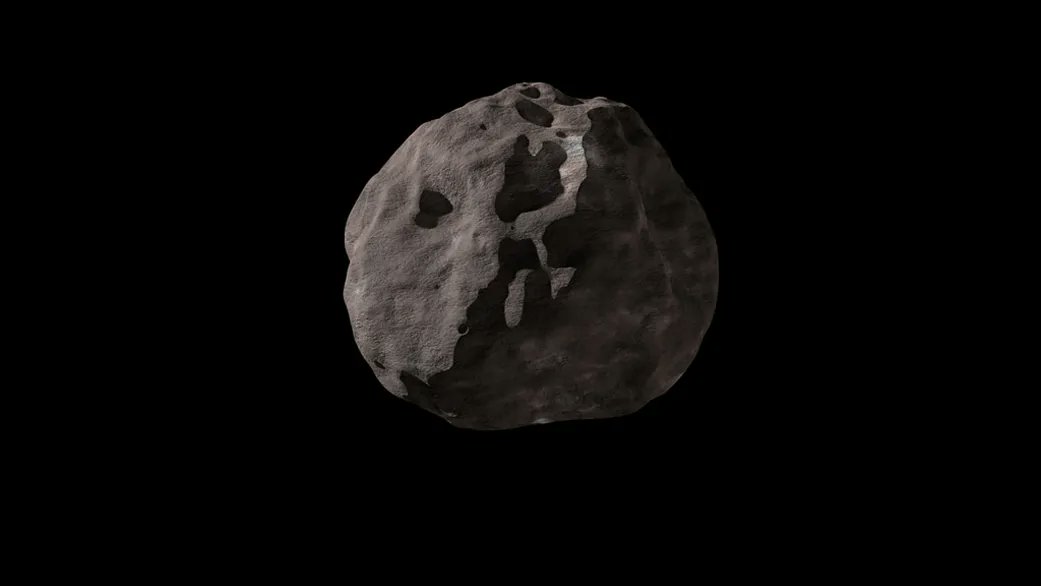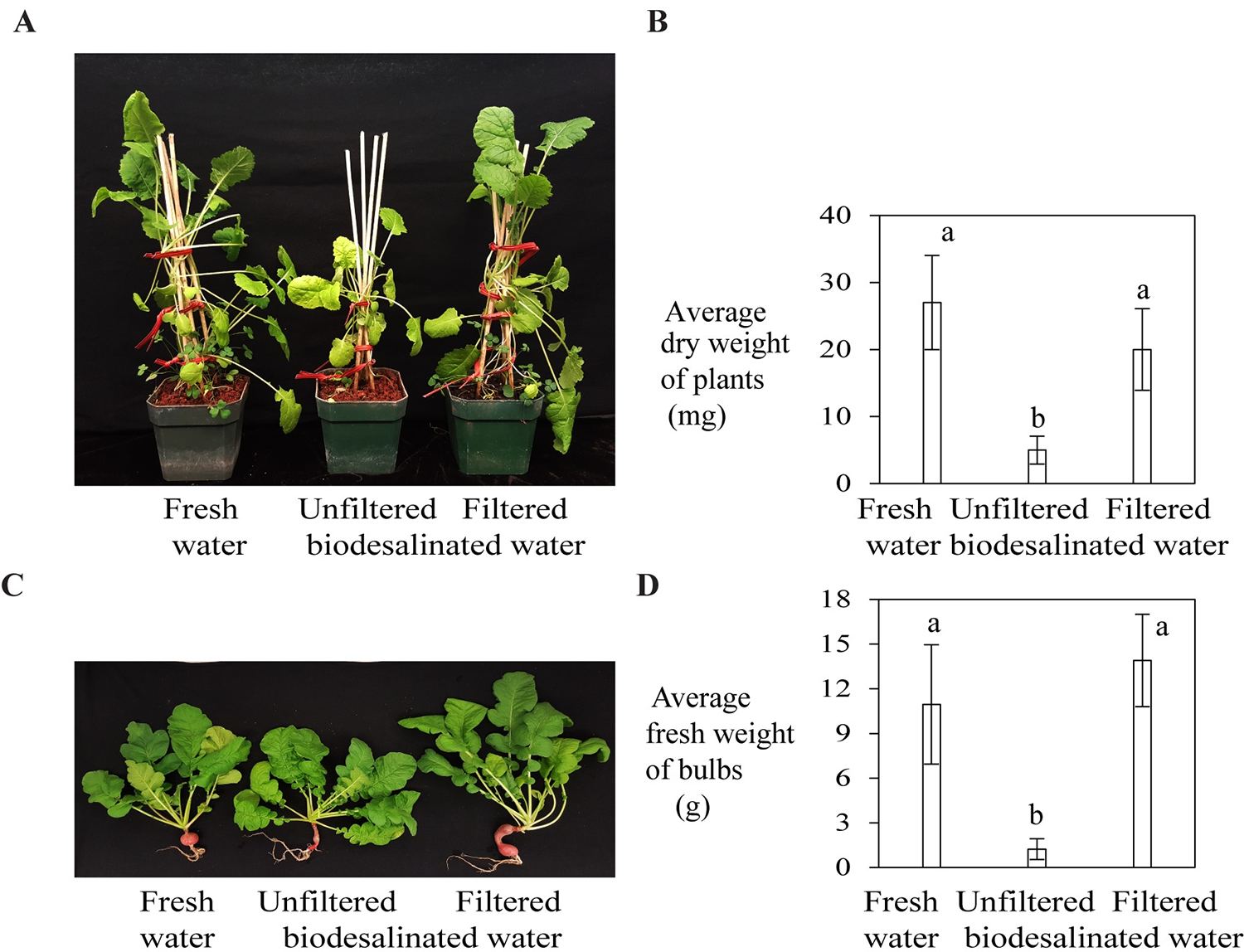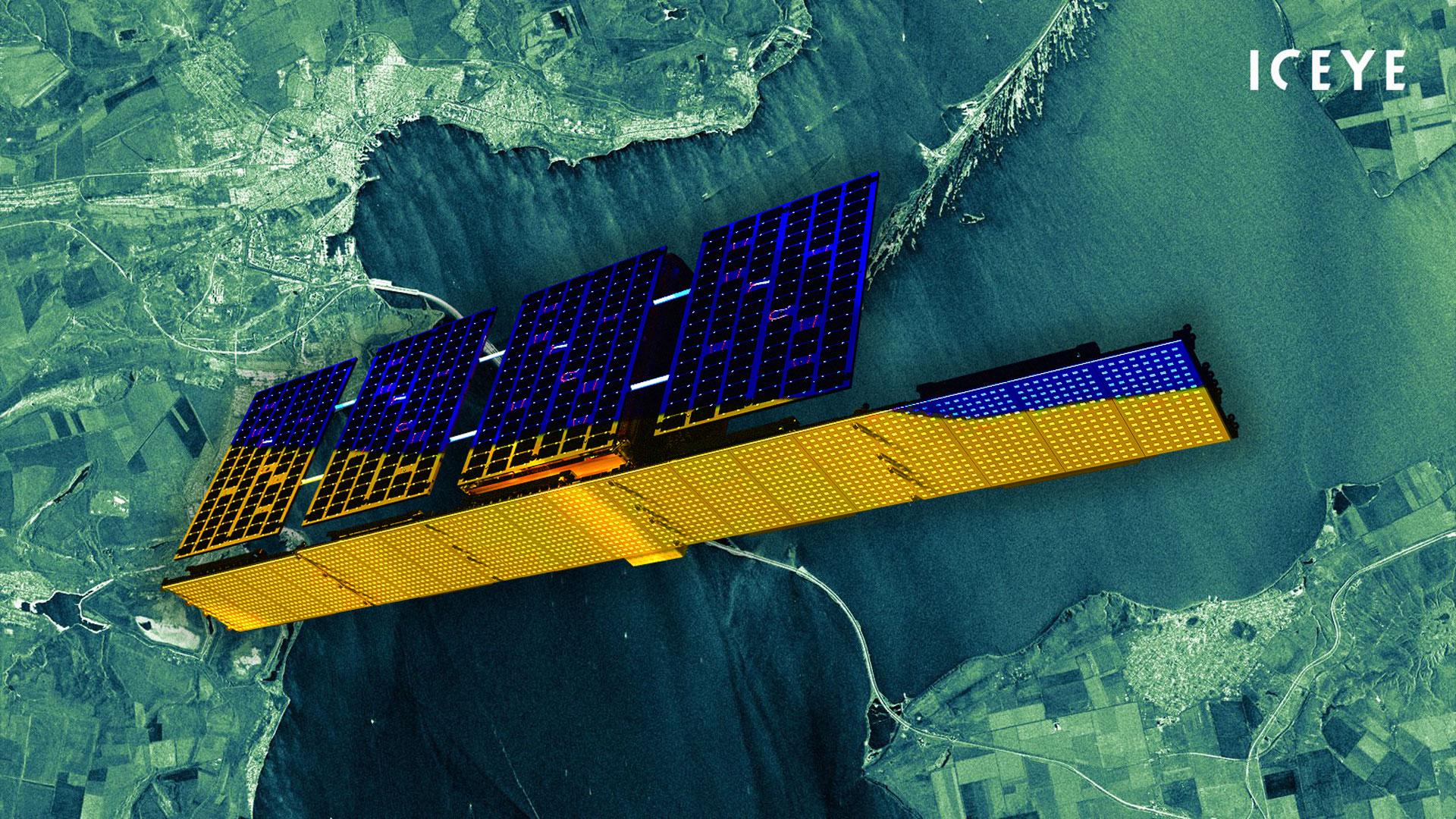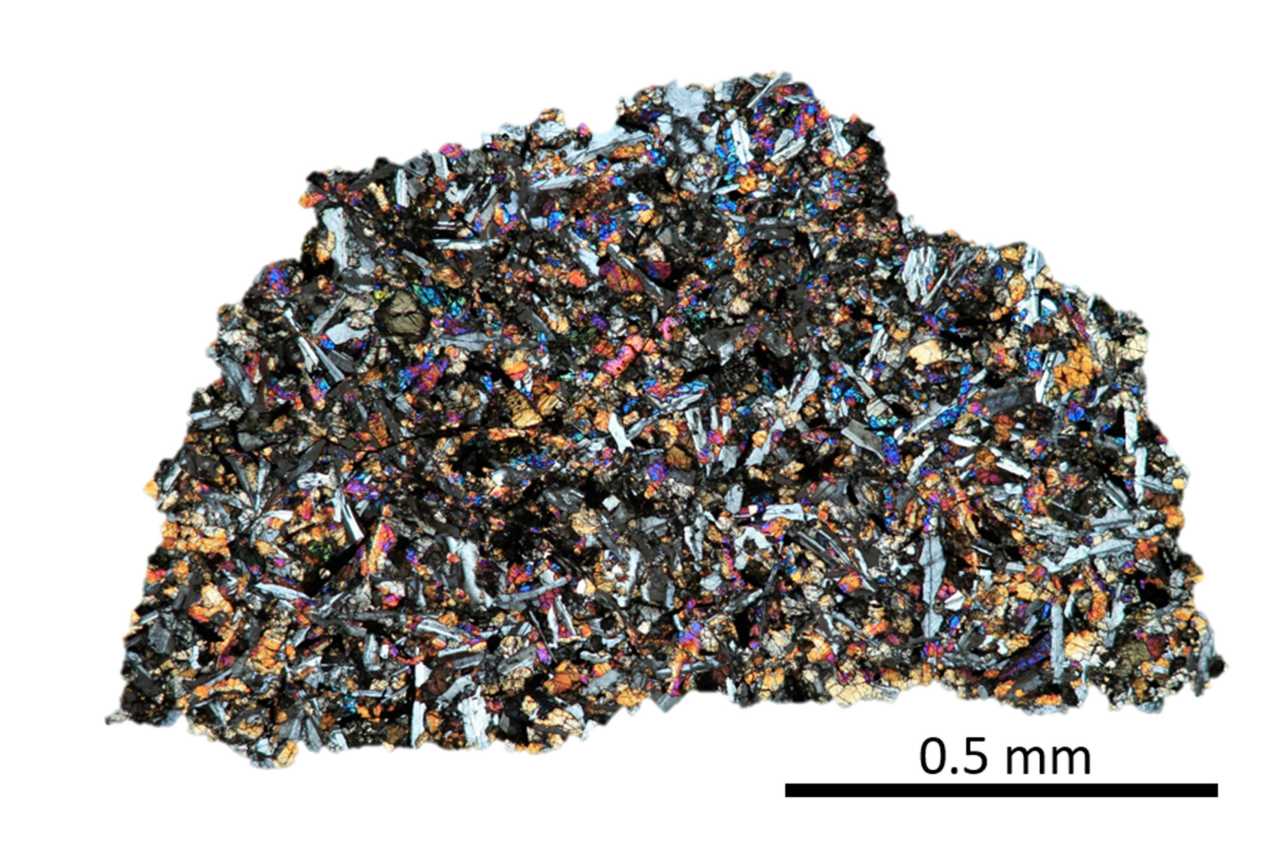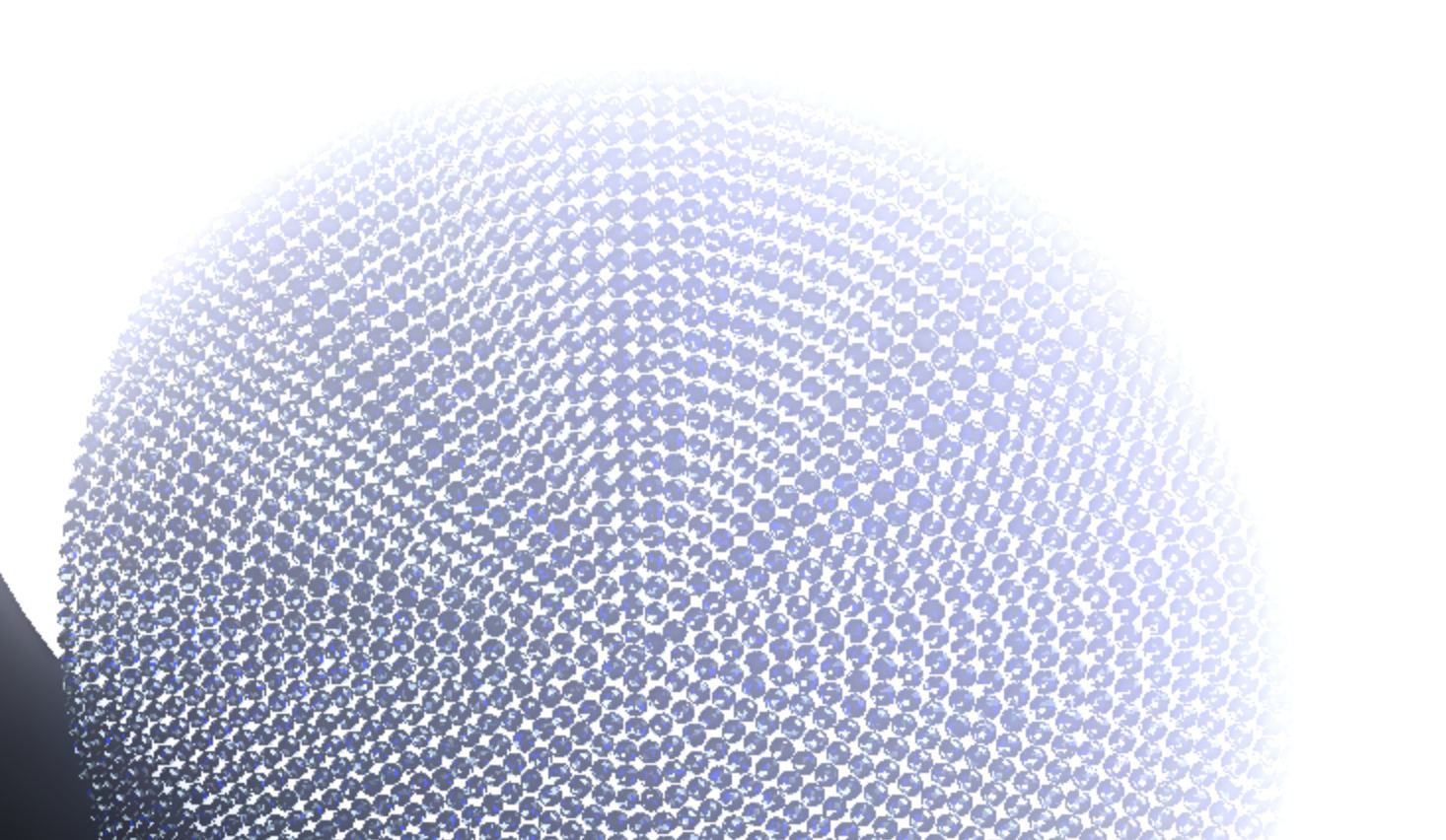There is still so much we don’t know about the asteroids. Various missions have already been sent to some near Earth and in the asteroid belt, but there are just so many that it is hard to keep track of them all. Lucy, NASA’s mission to the Trojan asteroids, is supposed to help with that, but even it doesn’t know what it is getting into. Apparently, there are even more things to explore than the mission designers initially thought when it launched. Rather than visiting seven asteroids as originally envisioned, the discovery of another asteroid in orbit around Polymede means the mission will be visiting nine asteroids in total.
Continue reading “Another of the Lucy Mission’s Asteroids has a Moon”The First Crops on Mars Should be Alfalfa and Cyanobacteria. Then Comes Tastier Plants
Mark Watney can keep his potatoes. Real astronauts should grow alfalfa.
Continue reading “The First Crops on Mars Should be Alfalfa and Cyanobacteria. Then Comes Tastier Plants”Has JWST Found Proto-Globular Clusters?
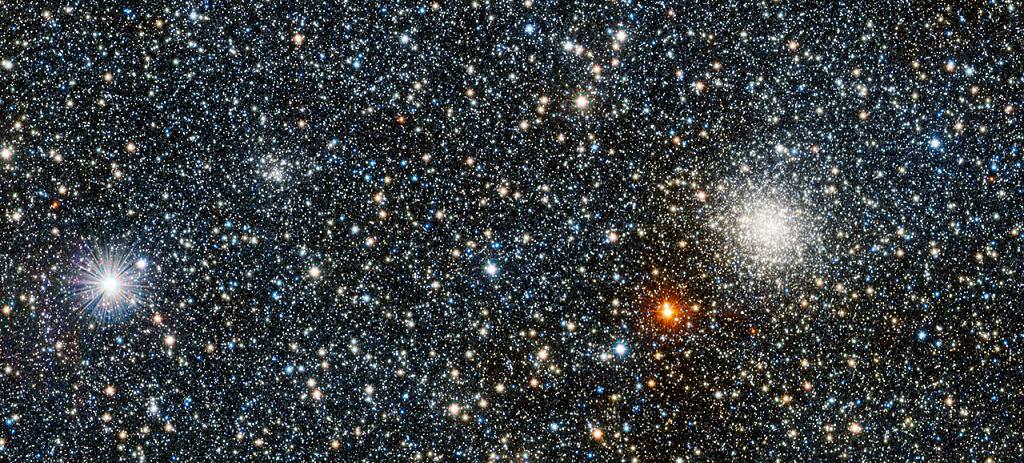
The James Webb Space Telescope continues to deliver surprise after surprise. Next up, a team of astronomers have identified likely candidates for proto-globular clusters. Clusters like these can help astronomers understand the evolution and ultimate fate of galaxies like our own.
Continue reading “Has JWST Found Proto-Globular Clusters?”Ancient Coin Discovery With An Astronomical Mystery
What does the ancient coin found recently off the shores of Israel depict?
You never know what discoveries are waiting to be found in old records or artwork. A recent archaeological find sent us down just such an astronomical rabbit-hole, leading us to ideas that are fun and interesting to consider.
Continue reading “Ancient Coin Discovery With An Astronomical Mystery”Lucy’s Solar Array is Fixed! (Mostly)
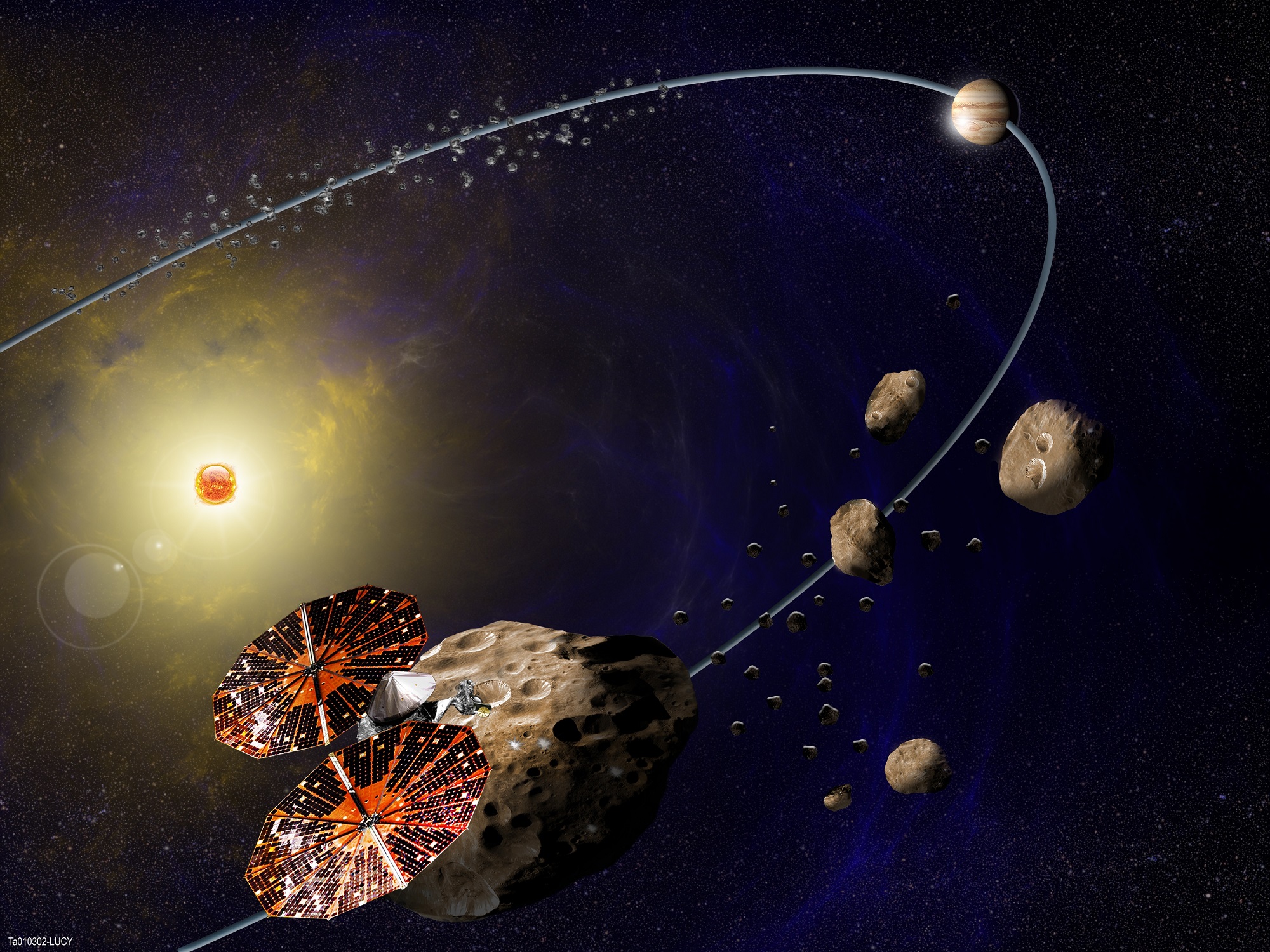
How do you fix the solar array of a spacecraft millions of miles away from the Earth hurdling through the void at thousands of miles per hour? Very carefully, that’s how.
Continue reading “Lucy’s Solar Array is Fixed! (Mostly)”Ukraine Crowdfunded a $17M Reconnaissance SAR Satellite
Serhiy Prytula Charity Foundation signed a contract with ICEYE to provide the Government of Ukraine with the SAR reconnaissance data and full capabilities of one of ICEYE’s satellite already in orbit. The deal was closed with the money from the Foundation’s crowdfunding initiative.
Continue reading “Ukraine Crowdfunded a $17M Reconnaissance SAR Satellite”A New Image From Webb Shows Galaxy NGC 1365, Known to Have an Actively Feeding Supermassive Black Hole
The James Webb Space Telescope continues to deliver stunning images of the Universe, demonstrating that the years of development and delays were well worth the wait! The latest comes from Judy Schmidt (aka. Geckzilla, SpaceGeck), an astrophotographer who processed an image taken by Webb of the barred spiral galaxy NGC 1365. Also known as the Great Barred Spiral Galaxy, NGC 1365 is a double-barred spiral galaxy consisting of a long bar and a smaller barred structure located about 56 million light-years away in the southern constellation Fornax.
Continue reading “A New Image From Webb Shows Galaxy NGC 1365, Known to Have an Actively Feeding Supermassive Black Hole”R136 is the Most Massive Star Astronomers Have Ever Found. We Just got Some new Images of it

Meet R136a1, the most massive star known. Located in the Large Magellanic Cloud, it’s a hulking behemoth weighing somewhere between 150 and 200 times the mass of the Sun. Understanding the upper limit of stars helps astronomers piece together everything from the life cycles of stars to the histories of galaxies.
Continue reading “R136 is the Most Massive Star Astronomers Have Ever Found. We Just got Some new Images of it”Lunar Rocks Have Earth's Noble Gases Trapped Inside. More Evidence That the Moon Came From the Earth
Piecing together the history of the Solar System from the traces left behind isn’t easy. Bit by bit, however, we’re working it out. This month, new research examining the composition of lunar meteorites offers compelling evidence that the Moon and the Earth were formed from the same material, perhaps in the aftermath of a cataclysmic collision some 4.5 billion years ago.
Continue reading “Lunar Rocks Have Earth's Noble Gases Trapped Inside. More Evidence That the Moon Came From the Earth”MIT Researchers Propose Space Bubbles to Stop Climate Change
Climate change is a real problem. Human caused outputs of greenhouse gases like carbon dioxide and methane are the main driver of an unprecedented rise in global average temperatures at a speed never before seen in the Earth’s geologic record. The problem is so bad that any attempts to mitigate greenhouse gas emissions may be too little and too late. And so a team based at the Massachusetts Institute of Technology have proposed a radical new solution: bubbles…in space.
Continue reading “MIT Researchers Propose Space Bubbles to Stop Climate Change”
